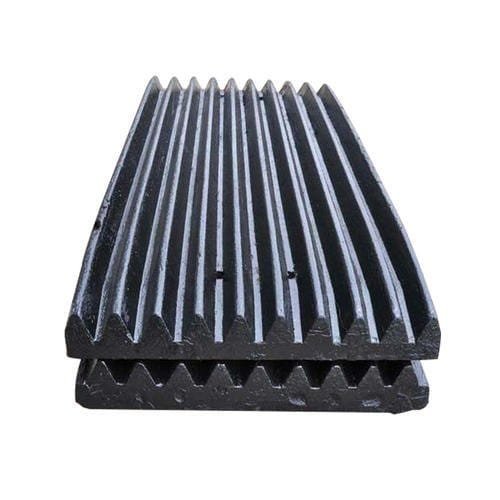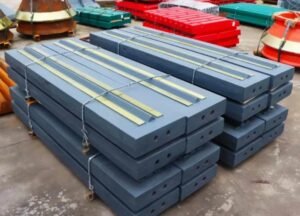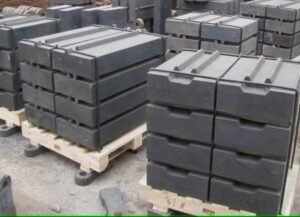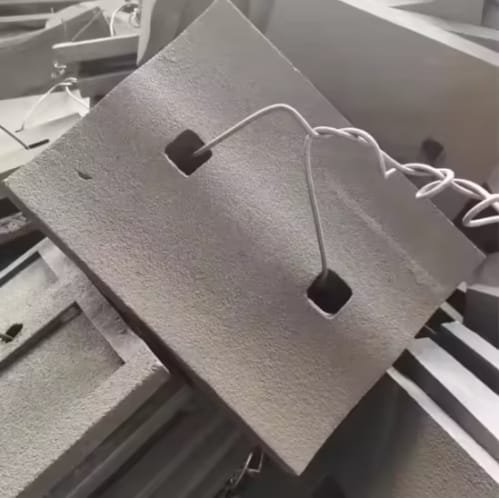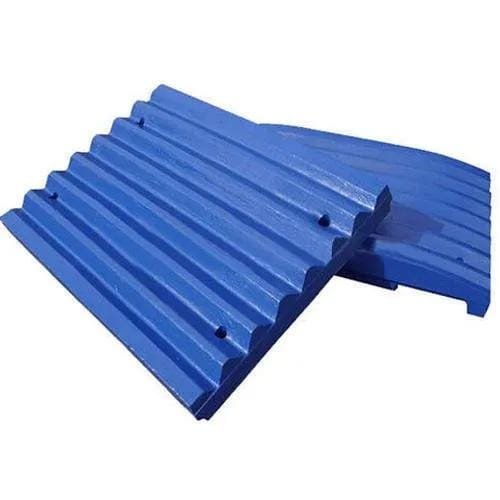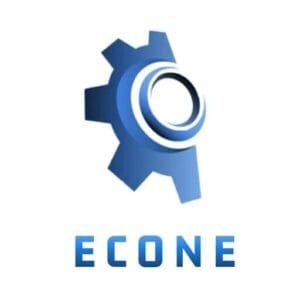Jaw crushers play a crucial role in mining, aggregate production, and recycling industries. However, the performance of a jaw crusher heavily depends on the quality and durability of its wear parts. Selecting the right wear parts is essential for maximizing efficiency, reducing operational costs, and prolonging equipment lifespan. This article explores the impact of jaw crusher wear parts on crushing performance and provides actionable insights for improving efficiency.
1. Understanding Jaw Crusher Wear Parts
Jaw crusher wear parts are essential components that influence the efficiency and durability of the machine. The key wear parts include:
Jaw Plates: The main crushing surface that directly contacts the material.
Cheek Plates: Side liners that protect the crusher frame from wear.
Toggle Plates: Components that transfer force and help adjust jaw movement.
Wedges and Retainers: Secure the jaw plates in place and ensure proper alignment.
Each of these wear parts plays a distinct role in optimizing crushing performance and must be chosen based on material type, feed size, and operational conditions.
2. How Jaw Crusher Wear Parts Affect Performance
a. Crushing Efficiency
Jaw plates with poor material composition or worn-out surfaces result in reduced crushing force, leading to decreased throughput. High-quality, properly designed jaw plates ensure effective material grip and uniform wear distribution.
b. Energy Consumption
Worn-out or improperly designed wear parts can increase energy consumption. When jaw plates become blunt, more force is required to break the material, increasing energy usage and operating costs.
c. Product Quality
Uneven wear on jaw plates can lead to inconsistent material output, excessive fines, or oversized fragments. High-manganese steel or alloy steel plates with proper hardness and wear resistance help maintain consistent product quality.
d. Machine Longevity
The durability of jaw crusher components directly affects maintenance intervals and machine lifespan. Using high-quality wear parts reduces the frequency of replacements and minimizes downtime.
3. Choosing the Right Jaw Crusher Wear Parts
To ensure optimal performance, consider the following factors when selecting jaw crusher wear parts:
a. Material Selection
High-Manganese Steel (Mn13, Mn18, Mn22): Excellent impact and wear resistance, suitable for heavy-duty applications.
Alloy Steel: Offers better toughness and wear resistance for abrasive materials.
Tungsten Carbide Reinforcement: Enhances wear resistance for extreme applications.
b. Jaw Plate Design
Flat vs. Corrugated Plates: Flat plates provide a more uniform wear pattern, while corrugated plates enhance material gripping.
Thickness & Profile: Opt for thicker plates in high-impact applications to extend service life.
c. Proper Fit and Installation
Ensuring the correct fitment of jaw crusher wear parts minimizes vibrations, improves crushing force distribution, and reduces premature wear.
d. Supplier Reliability
Choosing a reputable jaw crusher wear parts supplier ensures access to high-quality, performance-tested components that align with industry standards.
4. Best Practices for Extending Wear Part Lifespan
a. Regular Inspections
Monitor wear patterns to identify early signs of excessive wear or misalignment.
b. Optimizing Feed Material
Avoid overloading or feeding excessively large materials that accelerate wear on jaw plates.
c. Rotating and Reversing Jaw Plates
Periodically switching jaw plates extends their usable life by ensuring even wear.
d. Implementing Proper Maintenance
Routine lubrication, tightening bolts, and cleaning debris prevent premature wear and mechanical failures.
5. Conclusion
The quality of jaw crusher wear parts directly impacts crushing efficiency, energy consumption, product quality, and machine longevity. Investing in high-grade materials, optimizing wear part selection, and implementing proper maintenance strategies significantly enhance crusher performance while reducing operating costs. By selecting the right jaw plates, cheek plates, and toggle plates, you can achieve greater efficiency, consistent output, and long-term reliability in your crushing operations.
